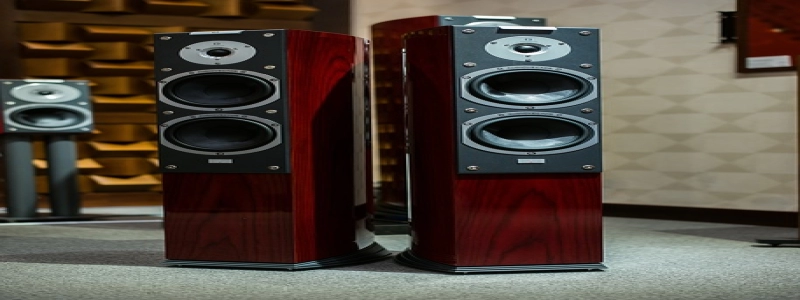RF Transceiver
Introduction:
The RF transceiver is a vital component in wireless communication systems. It is responsible for transmitting and receiving radio signals, enabling wireless communication between devices. In this article, we will delve into the details of RF transceivers, including their functionality, key features, and application areas.
I. What is an RF Transceiver?
An RF transceiver, short for radio frequency transceiver, is a device that combines the functions of a transmitter and a receiver into a single unit. It is used to communicate wirelessly over long distances, typically in the range of several meters to kilometers. RF transceivers operate on various frequency bands, such as 2.4 GHz or 5 GHz, depending on the specific application.
II. Functionality:
The primary function of an RF transceiver is to convert electrical signals into radio waves for transmission and vice versa for reception. It consists of an RF transmitter, which converts electrical signals into radio waves, and an RF receiver, which demodulates the received radio waves back into electrical signals.
III. Key Features:
1. Frequency Range: RF transceivers operate in different frequency ranges, depending on the requirements of the wireless communication system. Common frequency bands include 2.4 GHz, 5 GHz, and 433 MHz.
2. Data Rate: The data rate supported by an RF transceiver determines the speed at which information can be transmitted and received. Higher data rates allow for faster communication, but they may require more complex modulation schemes and higher transmit power.
3. Power Consumption: RF transceivers should be designed to operate with minimal power consumption, especially in battery-operated devices. Low-power consumption ensures longer battery life and enables efficient wireless communication.
4. Range: The range of an RF transceiver defines the maximum distance over which reliable communication can be achieved. The range depends on factors such as transmit power, antenna design, and environmental conditions.
5. Modulation Schemes: RF transceivers support various modulation schemes, such as amplitude shift keying (ASK), frequency shift keying (FSK), and quadrature amplitude modulation (QAM). The choice of modulation scheme depends on the specific application requirements.
IV. Application Areas:
1. Wireless Communication Systems: RF transceivers are commonly used in wireless communication systems, including Wi-Fi networks, cellular networks, Bluetooth devices, and Zigbee networks. These transceivers enable data transmission and reception between devices, facilitating seamless wireless communication.
2. Internet of Things (IoT): RF transceivers play a crucial role in IoT devices, allowing them to communicate with each other and with the internet. IoT applications, such as smart home devices, wearable technology, and industrial automation, heavily rely on RF transceivers for wireless connectivity.
3. Remote Control Systems: RF transceivers are widely used in remote control systems, such as those used in home automation, automotive keyless entry systems, and drones. These transceivers enable bidirectional communication between the remote control and the controlled device.
Conclusion:
The RF transceiver is an essential component in wireless communication systems, enabling reliable and efficient wireless communication over long distances. With its key features, such as frequency range, data rate, power consumption, range, and modulation schemes, RF transceivers serve a wide range of applications, including wireless communication systems, IoT, and remote control systems. As technology continues to evolve, RF transceivers will play a crucial role in enabling seamless wireless connectivity in various fields.








